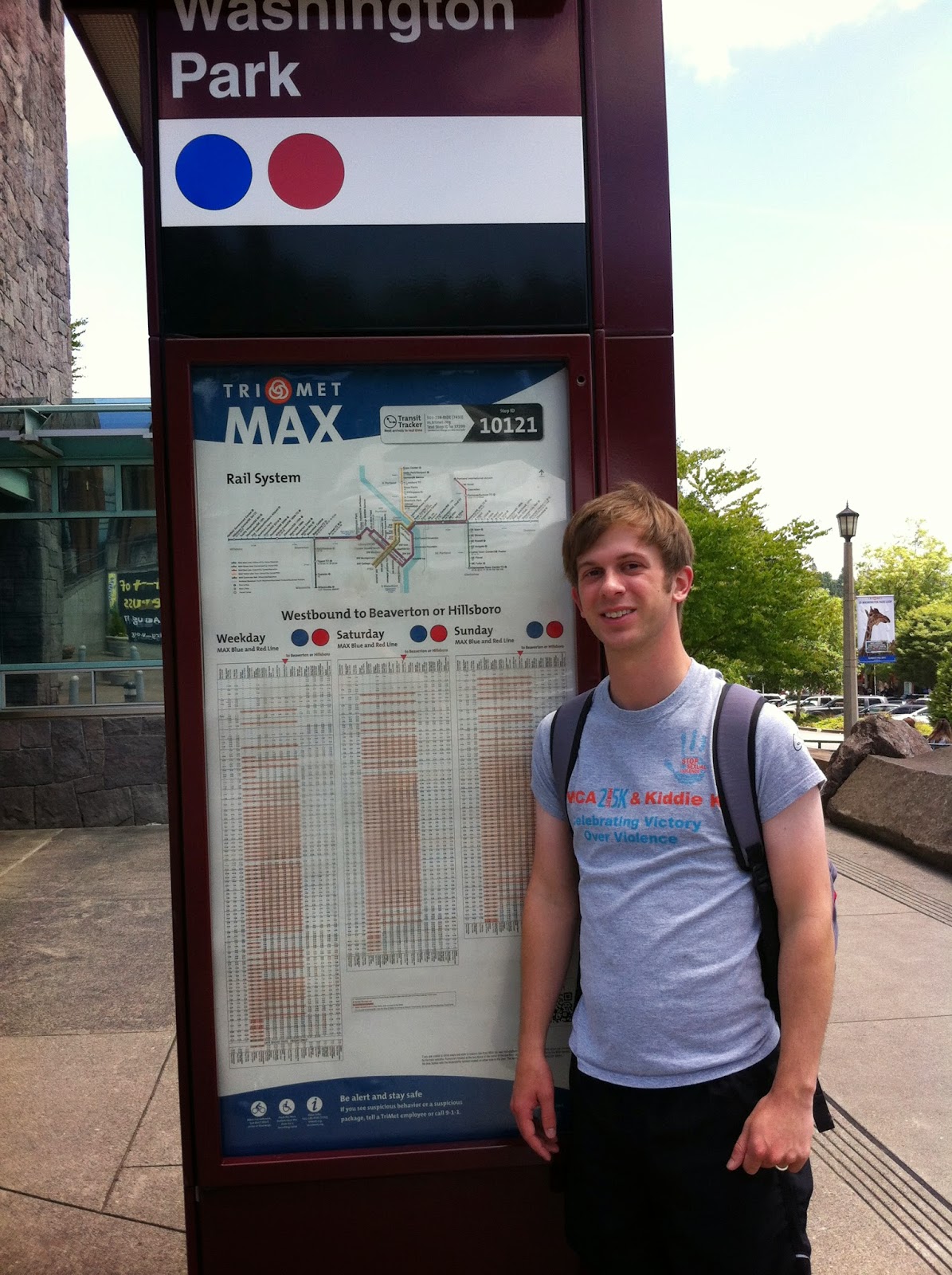Summer is in full force, which means very high temperatures
in Oklahoma City. Now, I know there’s always someone who lives in a hotter
place (trust me, I’ve lived in Georgia most of my life) but no matter who lives
in the hottest area of the world, this post offers tips for what has worked for
us in beating this summer heat on foot or by bicycle.
First thing is first: You’re going to sweat. You can
regulate it to some degree with the tips below, but it’s not likely you’ll be
able to avoid it, so figure out what works best for you.
1. Stay hydrated!
Everyone knows the importance of this one. Dehydration has
many symptoms that you should be aware of: Increased thirst, Dry mouth and
swollen tongue, weakness, dizziness, palpitations (feeling that the heart is
jumping or pounding), confusion, sluggishness, fainting, inability to sweat,
and decreased urine output (WebMD). If you are experiencing any of these while
outdoors, immediately seek water; this is your body telling you that something
is dangerously wrong, so listen up! Don’t wait until you feel these symptoms to
start drinking water. Drink water before you go walking or biking, and bring
along the largest water bottle you can easily carry. A general rule of thumb is
to consume 1 cup of water every mile (15 to 20 minutes) in addition to 16 oz.
before you go out. Gatorade or something similar after a long walk or bike ride
will help to replenish electrolytes.
 |
| This may be a little overboard... |
2. Wear suitable clothes!
I walk to work in the morning, then back home for lunch,
back to work after lunch, and back home after work. The temperature in the
morning is always manageable, but around lunchtime and 5:00pm it’s typically
very hot. Since I’m dressed business casual, I don’t have a lot of options to
reduce the impact of the heat on me. What I can do is wear light colored shirts
that reflect the sunlight rather than absorb it, and wearing a hat can provide
a little shade for your face and neck. When not dressed for work you can wear
sporty clothes that wick sweat from your body, and avoid cotton socks that may
get damp and cause blisters on your feet. Breathable shoes are
great as well. And, of course, wear sunscreen. You also always have the option
to change clothes at work (and shower if you’re employer provides this option).
Read about this from our friends over at BikeOKC.
 |
| These are knitted shoes -- very breathable! |
3. Plan your route to be as pedestrian-friendly as possible!
Take the time to prepare your route to include as much shade
as possible. While there is no rule of thumb about the difference in
temperature between direct sunlight and shade, shade is your best friend on a
long walk during the summertime. So, plan the shortest route you can that you
know has vegetative cover. This can be pretty difficult in OKC, due to a lack
of street trees. I suggest going through older neighborhoods where there are
older trees along the streets and in people’s yards. You can still get
sunburned if it’s overcast outside, and you likely won’t have a totally shaded
route, so wear sunscreen.
 |
| These street trees provide ample shade; a perfect place for walking or biking when it's hot out. |
4. Plan your walks around the daily temperature cycle!
If possible, take your walks in the morning and evening to
avoid the heat of the mid-day. The angle of the sun will cast longer shadows at
these times of day, giving you a greater amount of shade.
5. Be aware of air conditions!
This applies to heat and air quality. The summer heat and
humidity create conditions that increase ground-level Ozone (O3),
which is harmful to humans and animals, potentially causing respiratory
problems, particularly for young children, the elderly, and people with chronic
diseases. Ozone is a by-product of motor vehicle emissions, and in Oklahoma
City, very little mitigation has occurred. Oklahoma City will likely be
considered a non-attainment area by the EPA in the next couple of years, which
will cause stricter regulation to be taken to improve air quality. You can do
your part to avoid this by driving less, making sure your vehicle is performing
properly, and taking public transit when feasible. We’ll do a full post on air
quality in the future.
As always, being prepared is the best way to mitigate the
negative risks associated with being carless. Whether the weather is very hot
or very cold, making sure to take the necessary preparatory steps to ensure
your comfort and safety will keep you happy.
There are plenty of other strategies to beat the heat that
we didn’t mention, so leave your tips and tricks in the comments!




















